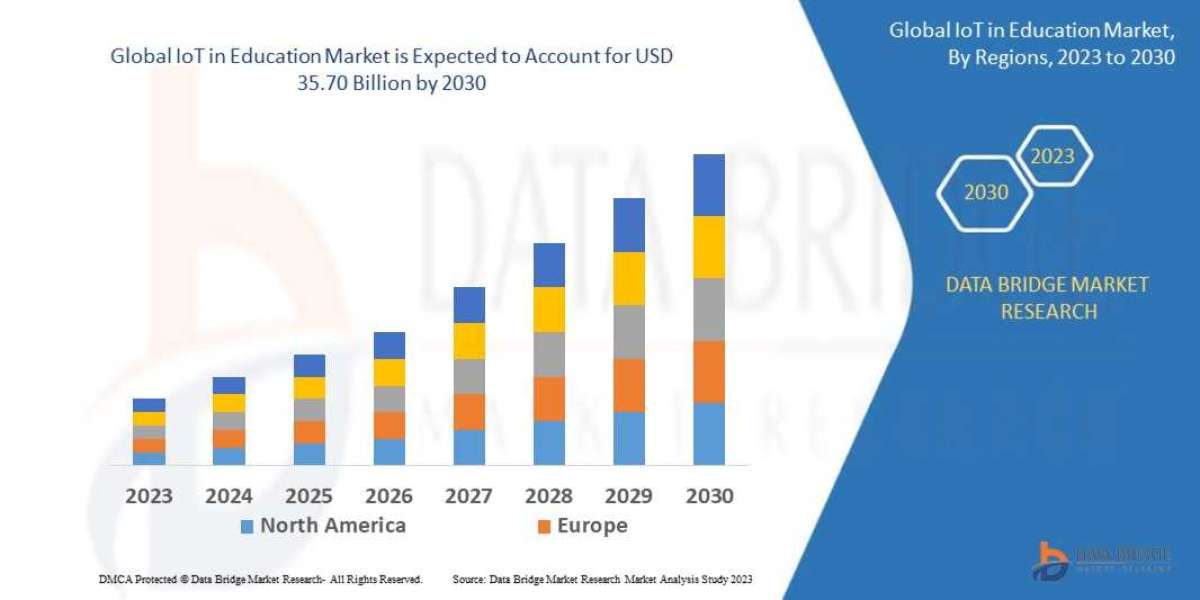The Government Cloud Market refers to the adoption and integration of cloud computing technologies by government agencies for various services and operations. Governments worldwide are increasingly turning to the cloud to streamline processes, improve efficiency, and enhance data management. Cloud technology provides governments with scalable, flexible, and cost-effective solutions that help them serve citizens better and enhance their overall operations. The Global Government Cloud Market size is expected to be worth around USD 140.2 Billion By 2033, from USD 33.21 Billion in 2023, growing at a CAGR of 15.49% during the forecast period from 2024 to 2033.
Growth Factors:
Several factors are driving the growth of the government cloud market. One key factor is the increasing demand for digital transformation in the public sector. As governments aim to offer more efficient and citizen-friendly services, cloud technology is helping them move away from traditional, outdated IT systems. Cloud computing provides faster, more secure data storage, and access to real-time information, all of which are critical for modern governance. Additionally, rising concerns over cybersecurity, data privacy, and disaster recovery are motivating governments to adopt cloud solutions that are more secure and resilient. Cost-effectiveness and scalability are other major factors, as cloud computing helps governments reduce the high costs of maintaining on-premise infrastructure.
Read More @https://market.us/report/government-cloud-market/
Emerging Trends:
The government cloud market is witnessing several emerging trends. One prominent trend is the growing interest in hybrid and multi-cloud strategies, where governments use a combination of private and public cloud platforms to meet their specific needs. This allows them to maintain control over sensitive data while also leveraging the scalability of public cloud services. Another trend is the integration of artificial intelligence (AI) and machine learning (ML) into cloud platforms, which enhances data analytics capabilities and improves decision-making processes. Edge computing, which processes data closer to the source, is also gaining traction in the government cloud market. This reduces latency, speeds up operations, and is especially useful for applications in public safety and transportation.
Top Use Cases:
The government cloud market is being utilized in numerous ways across different sectors. One of the top use cases is in public safety, where cloud solutions help agencies store and analyze data from cameras, sensors, and other sources in real-time. Healthcare is another sector benefiting from cloud adoption, with governments using cloud-based systems to manage electronic health records and provide telemedicine services. Smart city initiatives are also driving cloud adoption, as local governments use the cloud to manage transportation systems, energy consumption, and public services more efficiently. Other significant use cases include education, finance, and emergency response, where cloud computing is used to store and analyze large amounts of data to improve service delivery and decision-making.
Challenges:
Despite its many advantages, the government cloud market faces several challenges. Security and privacy concerns are among the top issues, as sensitive government data must be protected from cyber threats. Governments need to ensure that cloud providers meet strict compliance and security standards to avoid data breaches and maintain trust. Additionally, the integration of legacy systems with cloud platforms can be complex and time-consuming, often requiring significant investment. Some governments may also struggle with lack of technical expertise, as the transition to the cloud requires skilled professionals to manage and maintain the new systems. Regulatory and legal barriers are another challenge, as governments must navigate a complex landscape of rules and policies when adopting cloud technologies.
Opportunities:
The government cloud market offers numerous opportunities for growth and innovation. As governments continue their digital transformation journeys, they have the opportunity to leverage the cloud to improve citizen engagement and provide more responsive and personalized services. Cloud computing can also help governments optimize resources, reduce operational costs, and streamline administrative processes. Moreover, the increasing focus on sustainability presents opportunities for cloud providers to offer energy-efficient solutions that help governments reduce their carbon footprint. The rise of 5G technology also opens new avenues for the government cloud market, as faster internet speeds can enable real-time data processing and decision-making across various public sector domains.
Conclusion:
In conclusion, the Government Cloud Market is rapidly evolving, driven by the need for digital transformation, cost efficiency, and enhanced security. While there are challenges, including security concerns and the integration of legacy systems, the opportunities for growth and innovation are vast. As governments continue to explore the potential of cloud computing, the sector will play a pivotal role in reshaping the way public services are delivered. With emerging technologies like AI, edge computing, and hybrid cloud solutions, the future of government cloud adoption looks promising, offering governments the tools they need to better serve their citizens and adapt to an increasingly digital world.














